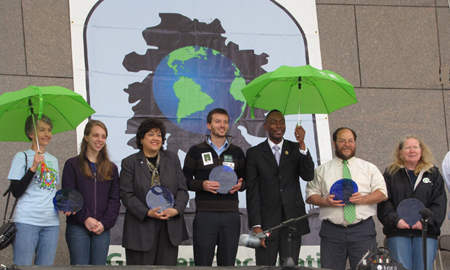Washington D.C. plans $26B rail investment as Cincinnati moves on first.
As Cincinnati moves forward with construction of the region’s first rail transit, many residents are now looking forward to what might be next, and how to best connect the growing metropolitan area via rail. Meanwhile, in the nation’s capital, the Washington D.C. Metro has proposed $26 billion worth of upgrades to its already extensive system. More from the Washington Post:
Metro’s top managers are proposing a new rail tunnel under the center of the District, a second tunnel under the Potomac, and they estimate the transit agency will need $26 billion over the next three decades to pay for those and other improvements to an aging system that is falling behind the region’s needs.
The proposed new rail tunnels — one under 10th Street to Thomas Circle and another between Rosslyn and Georgetown and on to Thomas Circle — would be massive undertakings. The projects would require major financial commitments from local and federal governments and would take several years to plan and several more years to complete.

